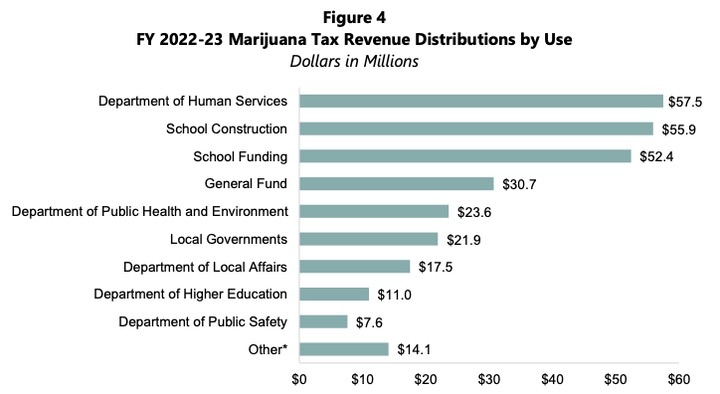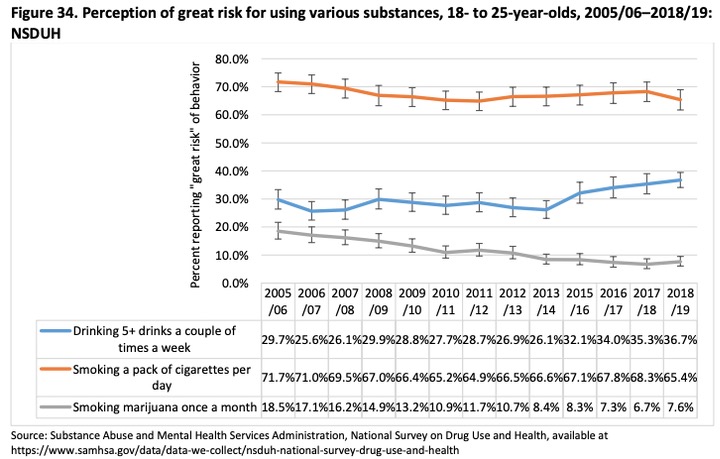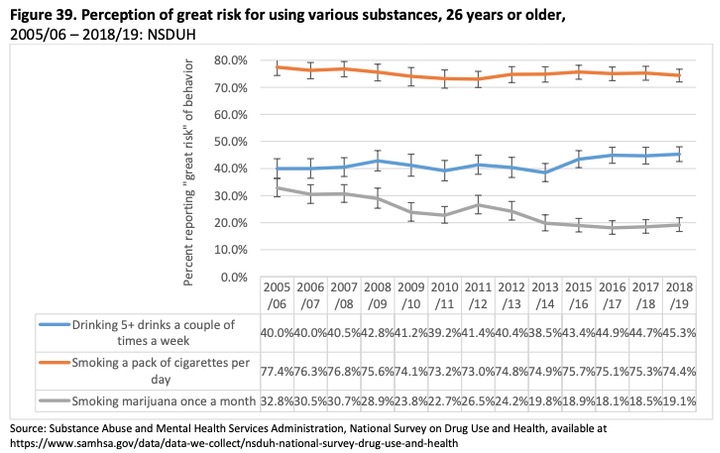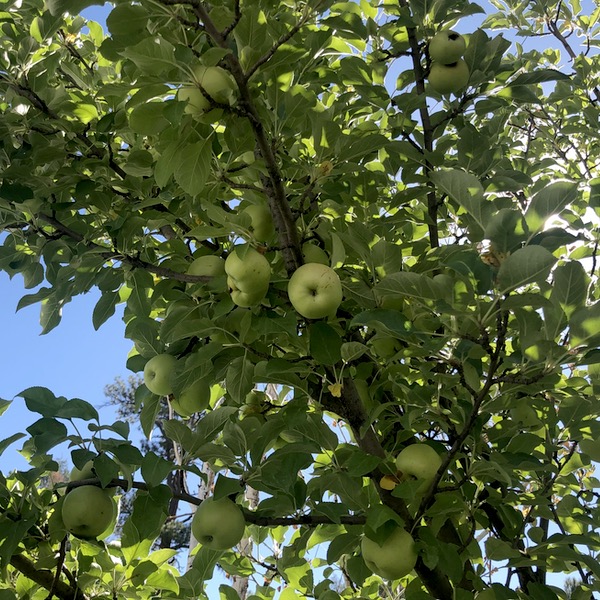Colorado collected $282.3 million from the marijuana industry in FY 2022-23 from three distinct taxes:
• a 15 percent excise tax,
• a 15 percent special sales tax, and
• the state’s 2.9 percent general sales tax.
— from ‘Marijuana Taxes in the State Budget’ by economist Emily Dohrman, a memorandum written for the Colorado Legislative Council, August 2023.
Yesterday in Part Five, I quoted a couple of prominent people with connections to legal cannabis: California Attorney General Rob Bonta, and MariMed CEO Jon Levine.
Both men had made recent statements, implying that high taxes placed on legal marijuana sales were having negative effects… on cannabis business owners, on consumers, and on society in general.
Attorney General Bonta, in particular, claimed that California’s excise tax on marijuana was helping illegal growers and illicit retailers sell their products at more attractive prices than what is possible legally. That is to say, the high tax rate on an easily grown weed may be encouraging illegal activity.
All of which sparked my interest in ‘excise taxes’, which I knew almost nothing about. We all understand sales tax (to some degree) although we might not always notice that we are paying it when we buy retail goods (including marijuana.)
An excise tax is similar to a sales tax, except that it gets paid by the retailer, before the retail product is purchased by the end user. Of course, the cost of the excise tax gets bundled into the final sales price, so the end user still gets to pay for it. Here in Colorado, the 15% marijuana excise tax generated about $56 million last year. All of that money was allocated to public school construction and renovation.
In other words, the more legal marijuana you buy, the nicer our schools will look.
The state government also collects a 15% ‘special sales tax’ on marijuana purchases, as well as the ordinary 2.9% sales tax. You pay those two taxes directly, when you buy your weed or edibles. The ‘special sales tax’ is split between local governments, public schools, and the state’s ‘Marijuana Tax Cash Fund’ with the lion’s share going to the ‘Cash Fund’.
Here’s a chart from Emily Dohrman’s memorandum, mentioned at the top of this page, showing which government entities got how much of last year’s extractions from our pockets (if we bought legal marijuana):
There was a time, not too terribly long ago, when a million dollars was a lot of money.
But — for example — to put the $57.5 million contributed to the Colorado Department of Human Services into a kind of perspective, the 2023 budget for the quaint, rural Archuleta County government proposes expenditures of $53.4 million this year.
Which is not to suggest that $57.5 million is not appreciated by the folks who work for the Colorado Department of Human Services, or by the citizens served by that department. $57.5 million is not ‘nothing’. But we might also consider that it came out of a limited number of pockets. According to a 2021 report from the Colorado Division of Criminal Justice, about 20% of Coloradans reported using marijuana within the past 30 days.
Some of the demographic data was interesting. Self-reported use among Hispanics (14%) was considerably lower than among White non-Hispanics (20%). Young adults reported higher use (29%) than people over 65 (9%). Adults who identified as ‘LGBTQ’ reported higher use (37%) than those who identified as ‘heterosexual’ (18%).
If we wanted to draw conclusions from these numbers… young adults, and folks who identify as LGBTQ are, on average, providing more support to our public schools than the rest of us.
The 2021 Criminal Justice report also provided two charts, indicating (statistically) whether people, in two different age groups, see “great risks” in using alcohol, cigarettes and marijuana.
The first chart summarized 18-25 year-olds.
The surveyed attitudes among young adults changed over a period of 13 years… from 2005, when about 19% perceived “great risks” in using marijuana once a month, to 2018, when about 8% felt that way. Pretty big change.
The percentage who saw “great risk” from cigarette smoking decreased slightly; the number who perceived “great risk” from alcohol consumption increased.
The Criminal Justice authors also produced a “perceived risk” chart for adults aged 26 and older.
The patterns were similar among older adults, although in 2018 about 20% of those surveyed still perceived a “great risk” from marijuana use.
We will note that these are not measurements of actual risk, but only people’s perceptions about risks. Presumably, the 20% of Coloradans who use marijuana at least once a month have their own ideas about how dangerous cannabis might be.
We also might note that taxes on alcohol contributed much less to Colorado’s state budget than did marijuana. Much less.
My family has two apple trees on our property. One tree was planted 30 years ago, when we first bought the house, and it usually produces only a few apples. Some years, none at all. This year, for whatever reason, the tree is fairly bursting with apples. Tart and sweet.
The other apple tree was already ancient when we bought the house. Until this year, I had never seen it produce an apple. But for whatever reason, it sprouted a few apples this year. They are, unfortunately, dry and bitter.
I’m thinking about these apple trees because my family doesn’t go out of our way to encourage them to produce fruit. We have never pruned them. We don’t water them, or fertilize them. They produce fruit — or don’t — for reasons of their own, without any help from us.
So far, however, we haven’t done anything to kill the trees.
Down through human history, certain farmers have learned how to get the best possible crop from an apple tree, and have passed their knowledge down to a younger generation — if any young person was willing to learn. Thanks to those farmers, we have a good selection of apples available in most every grocery store in America.
We haven’t yet learned how to grow a financially healthy, legal, environmentally friendly cannabis industry.
Let’s try not to kill it.





